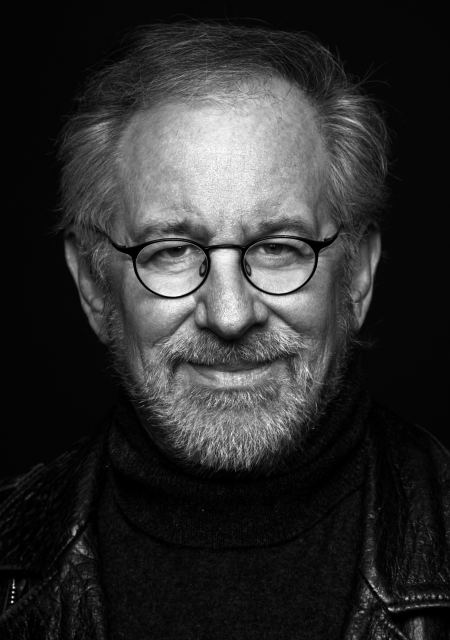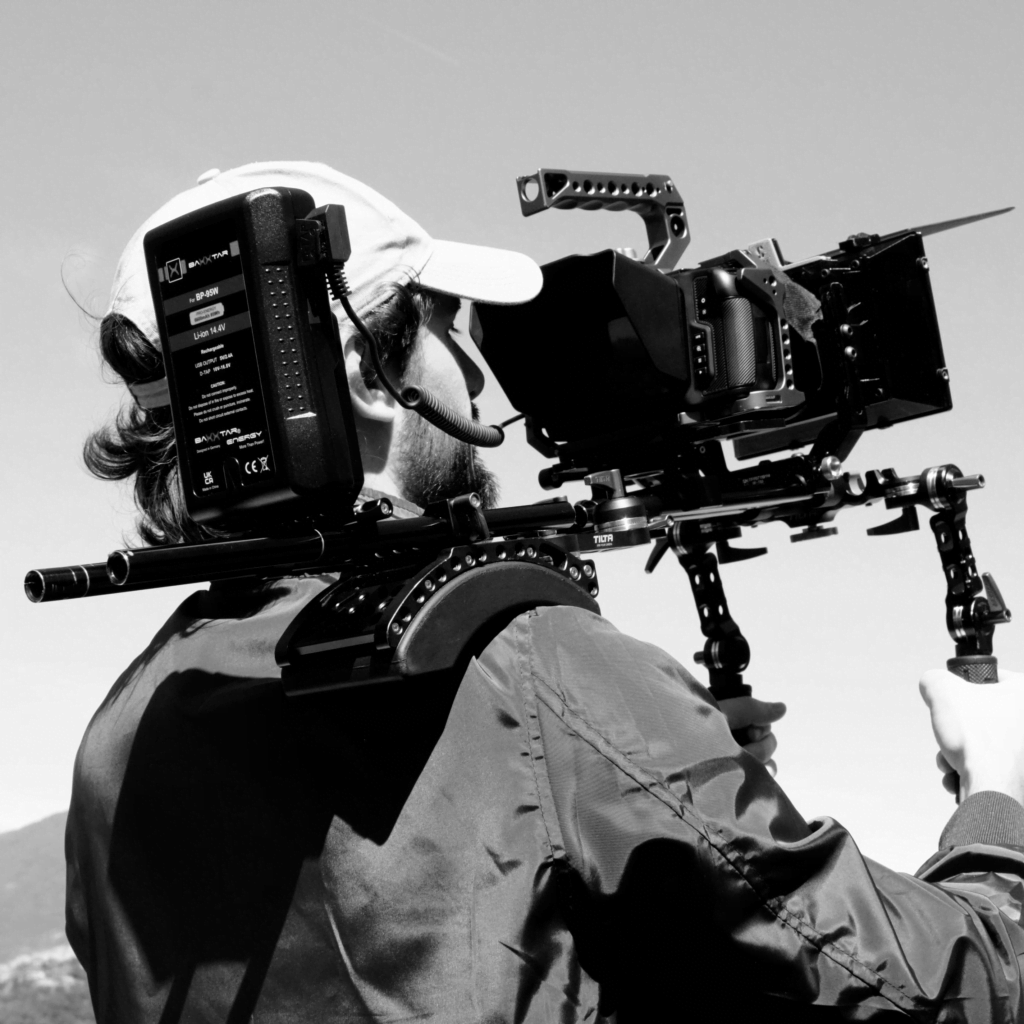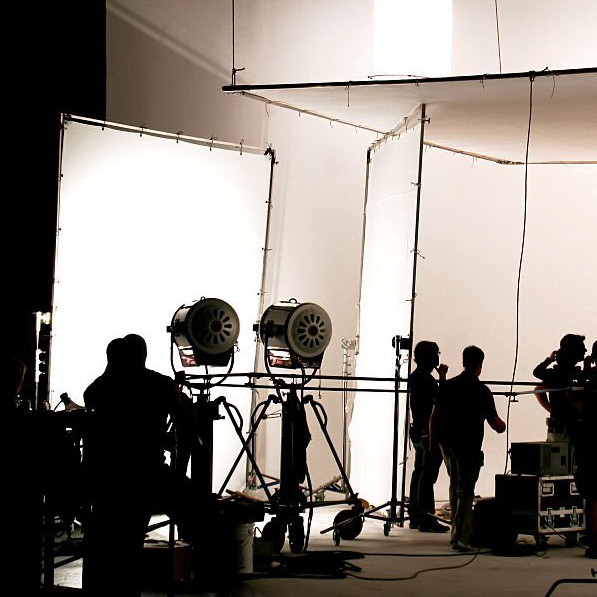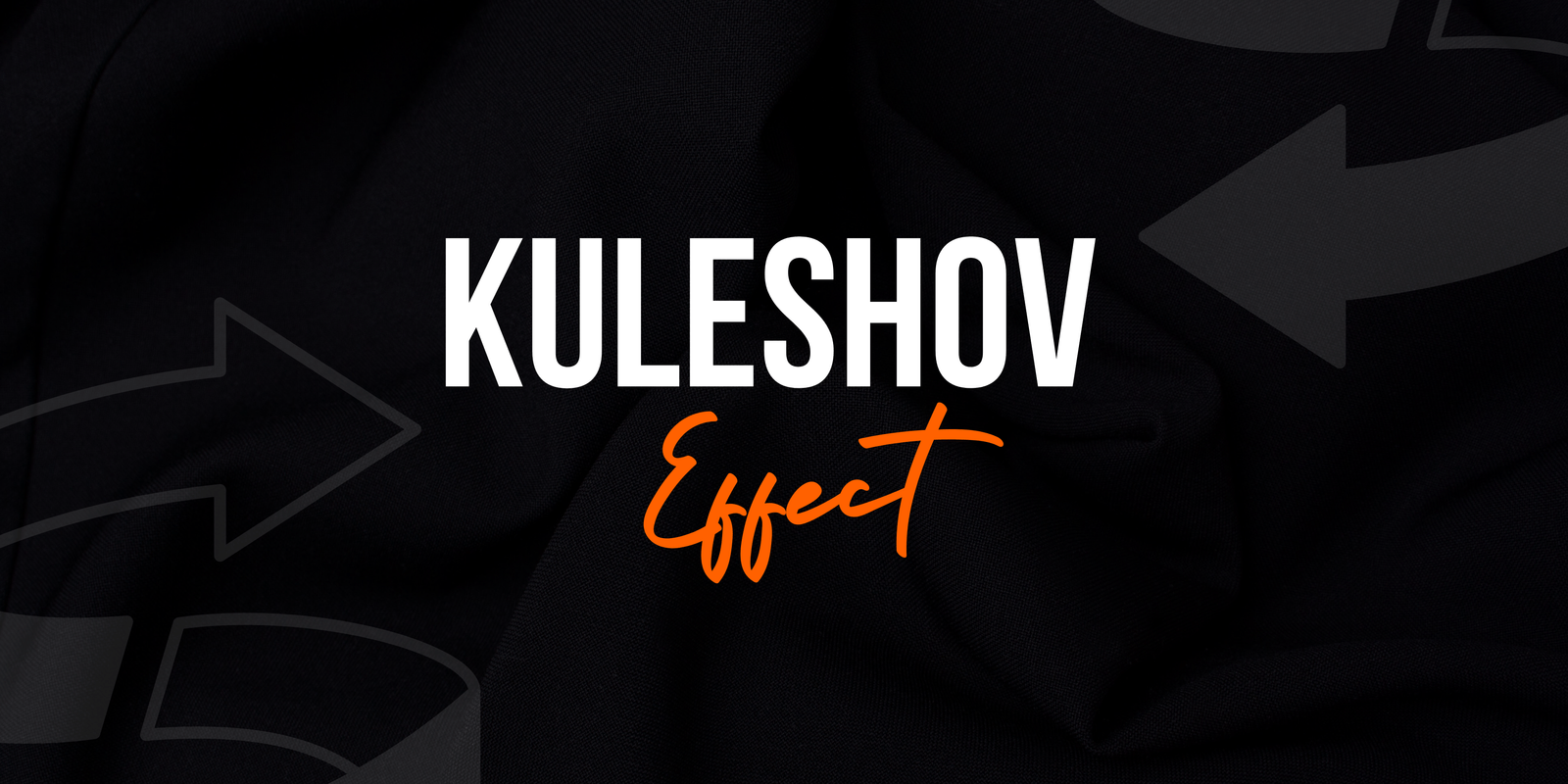Creating a film can be like magic—making simple images into solid emotions. However, what is the secret trick to it?
It’s not about fancy camera moves or editing tricks. Instead, it’s about a basic technique that’s been fooling us for over 100 years: the Kuleshov Effect.
This effect occurs when we see a close-up of someone and then cut to other shots. It is mainly used to make us feel things.
In this post, I will examine the genesis of this hack, why it works so well even now, and how you can use it for your projects.
Table of Contents
What is the Kuleshov Effect?
The Kuleshov Effect shows how changing the order of images can make us feel different things, even if the images themselves don’t change. But even with this, we can still understand the following picture.
This effect was demonstrated by the Russian filmmaker Lev Kuleshov in the early 20th century.
Kuleshov experimented with a film showing only the face of actor Ivan Mozzhukhin, who had no expression. He showed this face next to different things, like a plate of soup or a dead child in its mother’s arms.
He surrounded this white face with soup, a dead child in a coffin, and a woman lying on a couch. Though our actors’ faces remain unaltered, each may feel different emotions after what plays out.
With the soup, they thought he was starving; with the child, sorrowing; and in love with her. This experiment demonstrated how the context of an image can manipulate our interpretation.
Who Was Lev Kuleshov?
One of the most influential early filmmakers and one who developed some film theory was Lev Kuleshov (1899-1970). Kuleshov was a man of cinema and the specifics to communicate with it. He was one of the early pioneers who researched and systematized film editing for emotional response.

The Kuleshov Effect reveals this by changing the meaning of a shot based on what comes before and after it.
Our brains interpret a sequence of images, taking them where they want to go, with an interpretation likely read as neutral or oblique. The Russian filmmaker Lev Kuleshov first demonstrated this in 1919.
What Is the Kuleshov Effect?
The Kuleshov Effect changed movies forever by showing that editing is not just a trick but an essential part of filmmaking. Audience Emotions are influenced.
Filmmakers in the 1910s and 1920s discovered that changing what you expect next can change how a movie feels. For example, using quick cuts and different images can create fear and urgency. Sergei Eisenstein showed this perfectly in the Odesa Steps scene from “Battleship Potemkin.”
However, the Kuleshov Effect teaches us that every shot counts in a film—it all tells the story. Filmmakers can manipulate shot composition to manipulate how a scene feels and resonates with an audience.
This concept has accounted a lot for how movies and little clips on social media are made today.
How Kuleshov Demonstrated His Effect
Kuleshov did not conduct sophisticated experiments. He then took shots of human faces, which he placed next to various images, asking people how they felt.

- Sadness: The man’s face beside a child in a coffin made people think he was sad.
- Hunger: Face to soup, and people thought he was hungry.
- Lust: In the face with a woman lying down, people saw he wanted her.
Such experiments demonstrate that context matters regarding a shot’s impact. Filmmakers decide how they wish us to perceive a scene emotionally and intellectually, which is key to movie storytelling.
Why The Kuleshov Effect Matters
The Kuleshov Effect is vital as an example of editing in cinema and how it can significantly impact the films we watch. It shows that combining shots can have more emotional impact than just one alone.
Two pictures shown in sequence can imply new meanings and feelings
If Kuleshov edited in a bowl of soup following these blank-face shots, audiences assumed the actor was starving.
This also shows that mixing images produces different emotions and stories. In other words, the Kuleshov Effect teaches filmmakers how to use editing to make people feel or think something specific.
It has made filmmaking no longer entertainment but a tool for building important emotional tales. Editing adds meaning to a movie, demonstrating its value.
Kuleshov Effect in Hitchcock
Alfred Hitchcock, known for creating suspense, used the Kuleshov Effect by cutting between shots. He started his career after Kuleshov but continued to use and develop this idea.
Hitchcock was a master of using quick cuts and meticulous framing to build narrative suspense in films like Rear Window and Psycho.

In Rear Window, Hitchcock switches between showing a person’s face and what they’re looking at to make things tense and urgent. These rapid visual changes alter the audience’s perception of a character.
Hitchcock made the “Psycho” shower scene scary by quickly showing Marion’s scared face and a knife shadow. This shows how editing can change how we feel.
Hitchcock also taught others the same. This technique is still used in film schools, where Truffaut explained it to filmmaker Fletcher Markle in 1964. Hitchcock shows how crucial it is in making great films.
Spielberg and the Kuleshov Effect
Steven Spielberg, one of the most iconic directors in film history, utilizes this effect to enrich his films. Spielberg uses point-of-view shots that make us see and feel what his characters experience.
Spielberg invokes POV shots in movies like E.T., Jurassic Park, and Indiana Jones to relate directly with the emotions of his characters. In E.T., we understand how wide-eyed and amazed he is because the movie lets us experience things through Elliot’s shoes! Spielberg taps into the characters and lets us see through their eyes. (Which makes each scene more heartbreaking)

Spielberg is skilled at using the Kuleshov Effect by choosing scenes in a certain order to make us feel emotions. This ultimately provides a much more involving and likely moving experience for movie-goers.
Modern Film and the Kuleshov Effect
The Kuleshov Effect is still relevant to movies today as directors have begun utilizing it in a new light. Used by filmmakers such as Denis Villeneuve, Christopher Nolan, and Chloé Zhao to show emotion |- Endlessness
In Denis Villeneuve’s Arrival, the careful order of shots helps us feel and understand the story better.

In The Dark Knight Rises, Christopher Nolan uses the Kuleshov Effect to set the mood and feeling in each scene by carefully choosing how the shots are put together.
The Kuleshov Effect in ChloéZhao’ss” Nomadlan” demonstrates how the technique can bring out characters’ interior feelings.
The use of shots and editing makes us feel for the characters, thus making their stories seem like lived, personal ones.
Kuleshov Effect in your Next Film (Continued)
Kuleshov Effect is absolutely something you can use in your own films—and yes, that includes big movies, short films, and social media videos. Knowing and applying this trick makes it easy to create emotional work.
The Kuleshov Effect might be old but always helpful and malleable. Just as film-making in the past allowed, you may use it to create attention-grabbing and powerful videos. You can now also tell more compelling stories to better resonate with the audience by experimenting with shot sequences and editing.
Consider the Kuleshov Effect, and produce shots that elicit specific emotions or subjects on-screen. Try out different image packs to see how these influence perceptions of your film. This can assist you in writing more compelling and immersive stories.
Breakdown of Post-Production and Kuleshov Effect
In post-production, the Kuleshov Effect works great in filmmaking. Editors arrange scenes and shots to follow a story or emotion, using precise edits to create the right effect.
Story//Edit art isn’t merely about cutting stuff together. It’s the craft of telling a clear and compelling tale. Set-ups, reaction shots, and meticulous editing sew the story together so that we feel a certain way at any given stage.

It also demonstrates how editing can dictate a film’s pace and rhythm. By altering their temporal orderings, filmmakers could alter how audiences experience time and space in movies.
So, Should You Use the Kuleshov Effect?
The Kuleshov Effect Isn’t Just for Big Hollywood Directors. Independent filmmakers, TikTok / YouTube creators, and hobbyists can all use this technique to enhance their projects.
Uyen Ninh, for instance, Implemented the Kuleshov Effect in a positive COVID test video to set mood and emotion. These options allow you to play and see what engages viewers, particularly useful when creating shorter videos.
After all, if this effect helps you create more whimsical and evocative material, then why not give it a shot? Understanding how an image sequence can alter people’s perceptions allows you to tell stories that resonate more closely with your audience.
What is the Kuleshov Effect?
The Kuleshov Effect is one of the first and most famous examples of how film editing works in only a few minutes using some shots. It shows what a shot means within the context of the images before and after it.
Kuleshov Effect, discovered by whom?
Russian filmmaker Lev Kuleshov found the Kuleshov effect in the early 20th century. He showed how an actor was doing in them changed according to viewers’ background images.
How did Lev Kuleshov test the experiment?
Lev Kuleshov experimented with an image of actor Ivan Mozzhukhin in a neutral expression juxtaposed next to images such as soup, a dead child, and women. Depending on the visuals accompanying Lenny, viewers saw his emotions differently.
What is the importance of The Kuleshov Effect in filmmaking?
The Kuleshov Effect proves how editing can make an audience feel differently about what they see. Filmmakers can use powerful emotional responses and storytelling tricks by simply arranging shots in a certain way.
And how Alfred Hitchcock exploited the Kuleshov Effect.
Alfred Hitchcock utilized the Kuleshov Effect by editing shots together in a specific way that would create suspense and tension. In Psycho, for instance, Hitchcock intercut Marion Crane’s terrified face with a knife to increase the impact of that scene.
How do modern filmmakers employ the Kuleshov Effect?
Indeed, contemporary filmmakers like Denis Villeneuve, Christopher Nolan, and Chloé Zhao rely on the Kuleshov Effect to pump life into yet more emotions and narrative sophistication. They have been using the same method to set moods and express complex feelings through this technique
How Can Independent Filmmakers and Content Creators Use the Kuleshov Effect?
Independent filmmakers and Video Creators can use the Kuleshov Effect, which involves trial and error in shot sequences, to express their message or theme in feature films, short films, and social media videos.
What part does post-production play regarding the Kuleshov Effect?
In post-production, the Kuleshov Effect can be illustrated with some delicate editing. Editors organize shots to establish an emotional or narrative continuity and control a video’s pace, rhythm, and impact.
How Does the Kuleshov Effect Affect Audience Perception?
The Kuleshov Effect manipulates the audience and sheds light on how changing sequences could change viewers’ interpretations of emotions and meaning. It lets filmmakers control the audience’s emotions and understand a particular scene or film.
How do you apply the Kuleshov Effect in your projects?
You can test the Kuleshov Effect yourself by trying different shot sequences in your projects and seeing what kind of viewer emotions they evoke. Be aware of how the layout of images shifts meaning and mood within a scene.
Lev Kuleshov’s experiment showed that the meaning of two images can be completely different when combined. The Kuleshov Effect is one of the first essential principles in film editing and storytelling. It demonstrates how shaping shots influences our sense and perception of a story.
The Kuleshov Effect is powerful because it merely fulfills simplicity and adaptableness. Filmmakers can carefully arrange shots to manipulate how you feel or react to scenes. The Kuleshov Effect works whether you are crafting a film, shooting a video, or even just creating that perfect social media post!
The Kuleshov Effect is still a useful tool in filmmaking. Practice using this method to tell new emotional stories. Therefore, remember how this effect can alter your storytelling the next time you edit a film or video.






